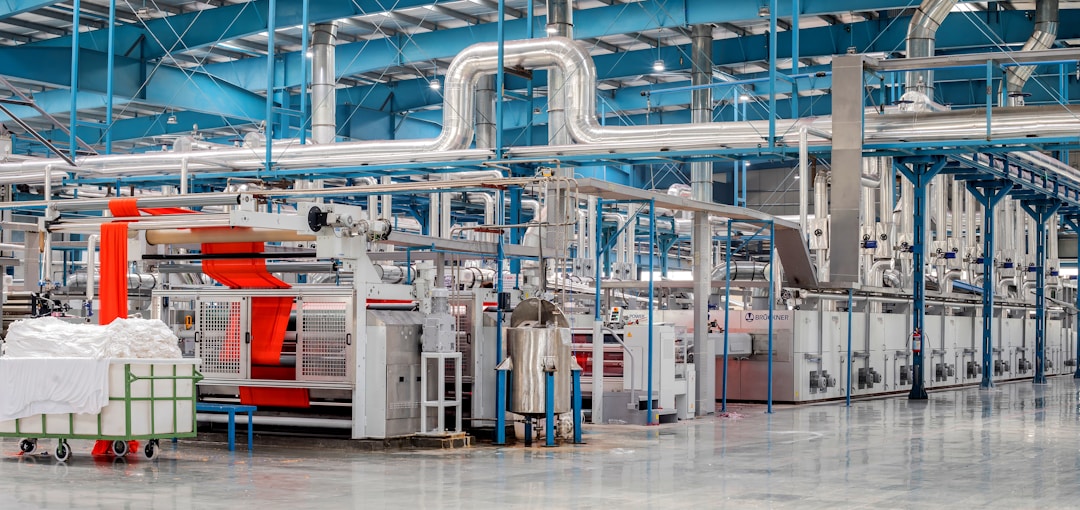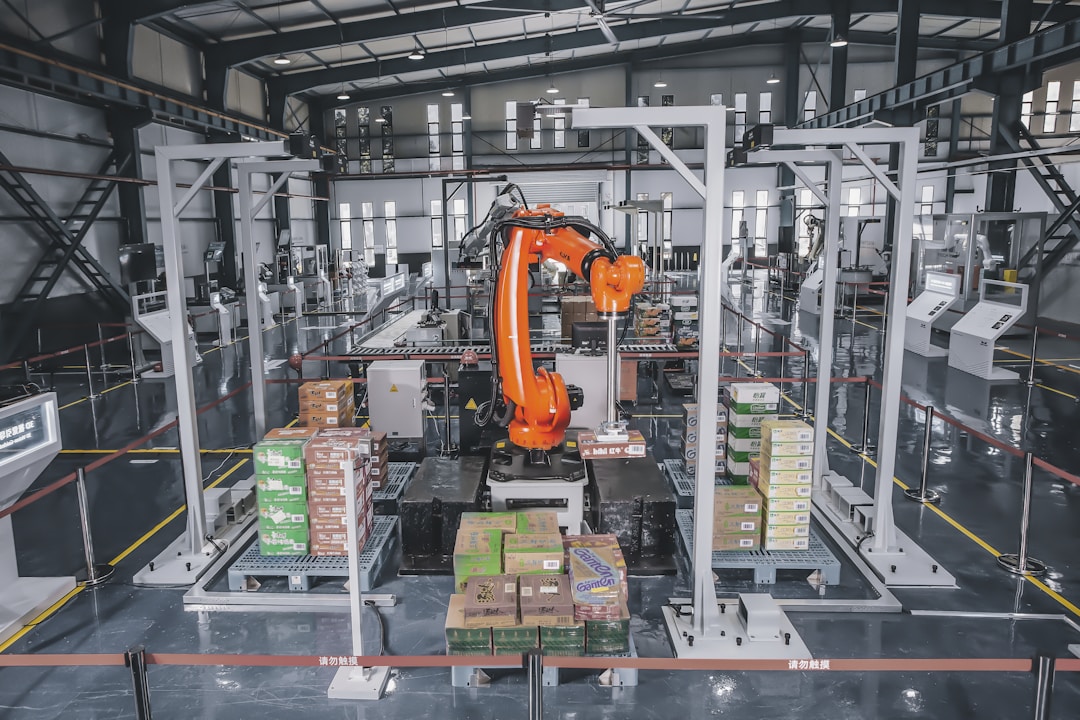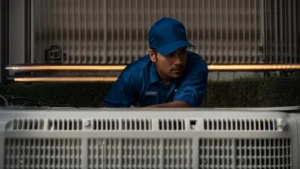Industrial reverse osmosis (RO) systems are essential in various industries such as manufacturing, pharmaceuticals, food and beverage processing, and many more. These systems play a crucial role in providing high-quality water for both production processes and end products. We have created this complete guide to help you understand the ins and outs of industrial reverse osmosis systems. Keep reading to learn more.
Understanding the Fundamentals of Reverse Osmosis
Before we delve deeper into industrial RO systems, it’s essential to understand the fundamental principles behind the technology. Reverse osmosis is a water purification process that uses a partially permeable membrane to remove ions, unwanted molecules, and larger particles from drinking water. The process is called reverse osmosis because it involves the movement of water from a region of higher concentration to a region of lower concentration across a semi-permeable membrane, which is quite the opposite process in natural osmosis.
The RO process effectively removes many types of dissolved and suspended chemical species, including bacteria, from water. It’s used in industrial processes and producing potable water, developing a reputation for being the most effective method for filtering water at the molecular level. Its popularity in the industrial sector is growing due to its efficiency and cost-effectiveness.
The Design and Components of Industrial RO Systems
The fundamental design of an industrial reverse osmosis system may vary depending on the specific application, but they primarily consist of the same basic components. These include the RO membrane, pressure vessels, high-pressure pumps, pre-treatment systems, and a control panel.
Industrial RO systems employ numerous RO membranes housed in pressure vessels. High-pressure pumps increase the water pressure to facilitate the RO process, while the pre-treatment systems remove larger particles and components that may damage the RO membranes. The control panel manages the entire system, ensuring optimal operation.
In modern industrial systems, a variety of additional features are also present. These include an energy recovery device, which recycles the energy from the pressurized brine water that is typically discarded, improving energy efficiency. Other features include monitoring systems for leaks, temperature, and treated water quality, ensuring system integrity and performance.
Monitoring systems help in detecting and alerting users about any potential leaks in the RO system. Leaks can occur due to various reasons, such as damage to the plumbing connections or malfunctioning of the filtration components. By having a monitoring system in place, users can quickly identify and rectify such issues, preventing further damage and water wastage.
Temperature monitoring is another crucial feature in RO systems. It allows users to monitor the temperature of the treated water. This is particularly important as extreme temperatures can affect the performance and efficiency of the system. Monitoring the temperature ensures that the water is within the required range for optimal filtration and quality.
Additionally, reverse osmosis systems also incorporate monitoring systems for treated water quality. These systems assess the various parameters of the treated water, such as pH levels, total dissolved solids (TDS), and chlorine content. By continuously monitoring these factors, users can determine if the system performs effectively and if the purified water meets the desired quality standard.
Applications of Industrial RO

Industrial RO systems find extensive applications across various industries. Due to the system’s efficiency in removing impurities from water, it’s highly sought after where high-purity water is essential. For instance, in the pharmaceuticals, food and beverage, cosmetics, and electronics industries, the purity of water ensures the safety, quality, and consistency of the products in these sectors.
The RO system is also significantly used in industrial wastewater treatment. It reduces the total dissolved solids and contaminants in wastewater, making it safe for disposal or reuse in certain applications. The implementation of RO systems in wastewater treatment helps industries comply with environmental regulations and reduce their ecological footprint.
RO systems are also utilized for boiler-feed water treatment in power generation plants, reducing scale-forming ions and improving the efficiency and lifespan of boilers. They are also integral in desalination plants, converting seawater to potable water.
Maintenance and Troubleshooting of Industrial RO
Maintenance is a crucial aspect of operating industrial RO systems. Regular inspections and maintenance help prevent potential issues, ensuring the system’s longevity and operational efficiency. This includes frequent inspection and cleaning of membranes, checking for leaks, and replacing spent or damaged components.
Monitoring system parameters like flow rates, pressure, temperature, and water quality can alert operators of potential problems. Any changes in these parameters usually indicate an issue with the system, initiating the need for troubleshooting.
Common problems affecting industrial RO systems’ performance include fouling, scaling, and chemical attack. But, with a diligent maintenance plan and prompt troubleshooting, these issues can be resolved, ensuring the flawless operation of the system.
ROI and Cost Analysis of RO Systems
While investing in an RO system can seem expensive upfront, the long-term benefits and cost savings usually justify the initial investment. The system minimizes water waste, increases productivity, and reduces dependence on externally sourced water, leading to significant cost savings in the long run.
Moreover, implementing an RO system also results in environmental benefits like decreased wastewater discharge, contributing to a company’s sustainability goals.
When calculating an industrial system’s return on investment (ROI), it’s essential to consider both short-term and long-term operational costs. This includes costs associated with maintenance, energy consumption, and potential productivity increase due to the availability of high-quality water.
The Future of Reverse Osmosis Systems

The future of reverse osmosis systems holds considerable promise, with advancements in technology leading to higher efficiency and lower operating costs. Innovations in membrane technology, energy recovery systems, and automation have enhanced the RO process, making it an even more attractive option for industries.
With an increasing focus on sustainability, water scarcity, and stringent environmental regulations, the demand for efficient water treatment solutions like RO systems is expected to increase dramatically.
The future of industrial RO systems lies in smart, efficient, sustainable, and technologically advanced machines that will continue revolutionizing water treatment across various industries.
Choosing the Right Industrial RO System
Choosing the right industrial RO system involves several crucial considerations, such as the nature of the industry, its water needs, quality standards, and the specific characteristics of the feed water.
Industries must consider the size of the RO system, which should be capable of sustaining their water needs. A system’s capacity is usually measured in terms of the amount of treated water it can produce in a day. Another vital consideration is the system’s recovery rate, which indicates the percentage of feed water that is converted into treated water. An RO system with a higher recovery rate is more efficient.
Additionally, the design and build quality of the system, its ease of maintenance, the quality and reliability of after-sales service, and the manufacturer’s reputation should also be considered before making a decision. Taking into account these various factors will help industries choose an RO system that serves their needs effectively and ensures a good return on their investment.
An industrial reverse osmosis system is a significant technological solution that efficiently addresses various industries’ vital water needs. Understanding the system’s principles, applications, cost, and maintenance aspects can help industries make informed decisions, optimize the systems’ operation, and achieve significant savings and environmental benefits in the long run.


